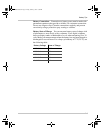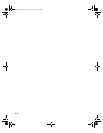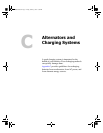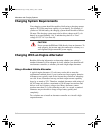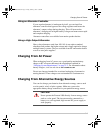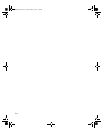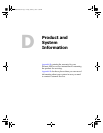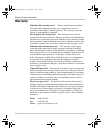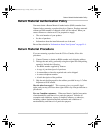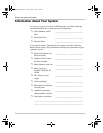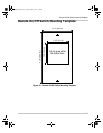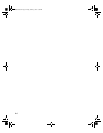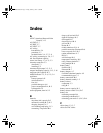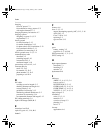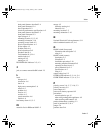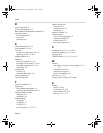
Index
Index–2
charging
from AC power
C–3
from alternative energy sources
C–3
with engine alternator
C–2
charging frequency for batteries
4–7
charging systems
designing a system
3–4
,
C–2
requirements
C–2
chassis ground
for fixed locations
3–12
for marine installations
3–12
for photovoltaic (PV) installations
3–12
for recreational vehicles
3–11
guidelines for connecting
3–11
chassis ground screw
2–4
,
3–11
communications cable
described
2–5
extending length
3–10
in materials list
2–2
maximum length
3–10
current draw, no load
4–2
,
A–2
Customer Service
email
2–2
,
D–2
fax number
2–2
,
D–2
phone number
2–2
,
D–2
preparing to call
D–4
D
DC cables
avoiding excessive lengths
3–5
checking diameter and length
4–6
correct polarity
3–16
guidelines for selecting
3–12
minimizing radiated interference
5–2
procedure for connecting
3–14
recommended diameter and length
3–12
DC cabling terminals
2–4
depth of discharge (DOD)
B–5
E
electrolyte level
B–8
explosive gases
vii
,
3–16
,
B–8
F
freezers
4–6
fuses
3–3
,
3–13
ampere interrupting capacity (AIC)
3–13
,
3–16
ANL 150
3–13
Class T 150 A
3–13
replacing
5–3
type and size
3–13
G
gases
battery, venting
3–5
explosive
vii
,
3–16
,
B–8
GFCI protection
1–3
,
2–3
,
4–3
GFCI, testing
4–3
H
high-output alternator
described
C–3
installing
C–3
mention
3–3
hydrometer
B–9
I
indicators
AMPS
2–3
,
4–4
,
5–3
,
5–4
how to read
4–4
INVERTER ON
2–5
,
4–3
OVER LOAD
2–3
,
4–4
,
5–4
OVER TEMP
2–3
,
4–4
,
5–4
VOLTS
2–3
,
3–17
,
4–4
,
5–3
input voltage
4–5
installation
codes
3–2
,
3–11
materials
3–2
overview of steps
3–3
planning
3–4
tools
3–2
inverter
applications
4–6
PROWatt100.book Page 2 Friday, January 5, 2001 3:03 PM



